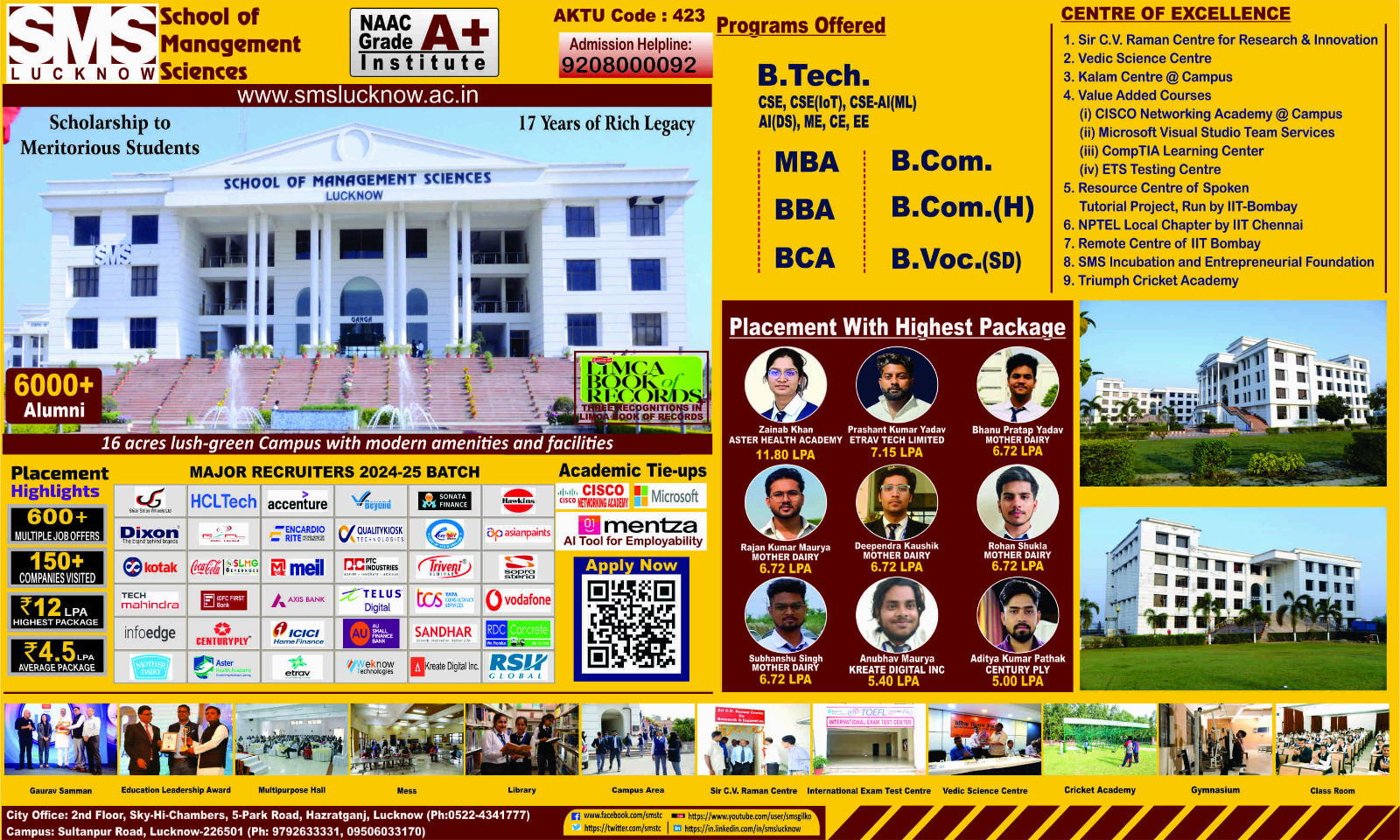Mumbai: New technology is revolutionizing sports training across various disciplines. Here are some examples:
- Wearable Technology: Devices like smartwatches, fitness trackers, and even specialized wearable sensors can monitor athletes’ performance metrics such as heart rate, speed, acceleration, and distance covered. This data helps coaches and athletes make informed decisions about training intensity, recovery, and performance optimization.
- Virtual Reality (VR) and Augmented Reality (AR): VR and AR technologies offer immersive training experiences for athletes. They can simulate real game scenarios, helping athletes enhance decision-making, spatial awareness, and reaction times. VR can also be used for mental training and visualization exercises, improving athletes’ focus and confidence.
- Biomechanical Analysis: High-speed cameras and motion capture systems enable detailed biomechanical analysis of athletes’ movements. This helps identify areas for improvement in technique, biomechanics, and injury prevention. Advanced software can provide real-time feedback and visualization of movement patterns.
- Data Analytics and Machine Learning: Big data analytics and machine learning algorithms process vast amounts of data collected from training sessions and competitions. They provide insights into performance trends, injury risk factors, and optimal training strategies tailored to individual athletes. Coaches can use this information to personalize training programs and maximize athletes’ potential.
- Recovery Technology: Various recovery technologies such as cryotherapy chambers, compression therapy devices, and recovery boots help athletes recover faster between training sessions and competitions. These technologies reduce muscle soreness, inflammation, and fatigue, allowing athletes to maintain peak performance levels.
- Training Simulation Platforms: Sophisticated training simulation platforms replicate real-world sports environments and scenarios. Athletes can practice specific skills, tactics, and strategies in a controlled setting, without the physical demands or risks associated with actual competition. This accelerates skill development and enhances performance under pressure.
- Nutritional Monitoring: Advanced nutritional monitoring tools track athletes’ dietary intake, hydration levels, and metabolic markers. This information is crucial for optimizing nutrition plans to fuel training, support recovery, and maintain overall health and performance.
Overall, the integration of technology into sports training has democratized access to advanced training methods, empowered athletes and coaches with valuable insights, and pushed the boundaries of human performance in sports.






